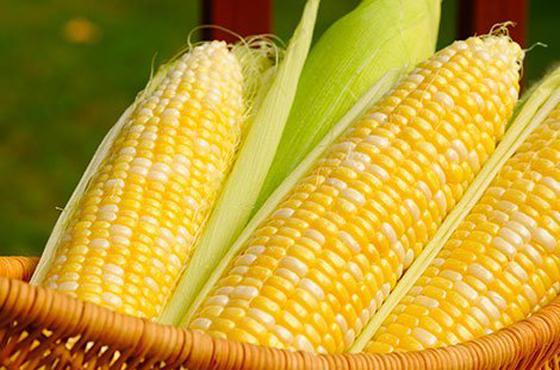International researchers launched a new computing technology to fight hunger and malnutrition in sub-Saharan Africa (SSA).
The researchers from the International Centre for Tropical Agriculture (CIAT), a global agricultural research partnership, said the Nutrition Early Warning System (NEWS) will be able to process and detect signs of food shortages long before they become a crisis.
Speaking during the launch in Nairobi, Mercy Lung’aho, the Nutritionist and Research Scientist at CIAT said the technology is based on a technique known as machine learning where computers track complex and constantly changing data in order to learn and make predictions.
“The technology will use big data approaches to process large volumes of information from multiple sources in detecting early signs of food shortages already affecting South Sudan and looming in Nigeria and Somali,” Lung’aho told journalists.
Lung’aho said the technology will help scientists and governments move away from reactive to proactive responses to crises and foster resilience in the agriculture and food systems across Africa in collaboration with both the public and private sectors.
NEWS will initially focus on boosting nutrition in SSA before targeting vulnerable communities globally by responding to triggers and allowing relief agencies, donors and governments to make informed decisions.
“NEWS applies this technology to search for early signs of potential crop failures, drought, rising food prices and other factors that trigger food shortages,” Lung’aho added.
Kenya’s Cabinet Secretary for Environment and Natural Resources Judy Wakhungu welcomed the initiative saying the technology will go a long way in developing resilience to the impacts of climate change, soil erosion and decline in the health of ecosystem.
“Kenya has been gripped by prolonged drought that has left 2.7 million people in dire need of food while malnutrition has also increased in recent years,” Wakhungu said.
She said with the increasing weather extremes, it is vital that Africa develops resilience within communities to cope with the challenges.
Adebisi Araba, CIAT Regional Director for Africa, said they are using big data and machine learning analytics to offer an innovative support to reduce the cyclical food and malnutrition crises experienced in parts of Africa.
“Through innovations, such as the NEWS, we are going beyond crop breeding to understand and improve pathways for healthier and more diverse diets and improved nutrition,” Araba said.
He said that Kenya is the first country in the world to have such a comprehensive decision and investment support tool in ensuring that Kenya’s farmers remain productive in the face of climate change.
“We plan to expand this into a climate policy hub soon and will operate like a one-stop-shop for advisory services and research for impact, building on successful models from our work in Asia,” he added.
He observed that CIAT has aligned its operations in Africa within four thematic areas, namely focus on improving nutrition pathways for health, building resilience into the food system, restoring degraded land and strengthening the competitiveness and productivity of farmers as well as efficient access to markets.
“We intend to position agriculture as a major employer of labor across the value chain in Africa from on-farm production to processing, marketing and distribution,” he added.
Currently most governments and aid organizations use multiple metrics and separate tracking systems to measure malnutrition. This however misses early indicators of trouble that could have started earlier than the crisis because it has so much data to absorb.
“The NEWS system is designed to help prevent crisis from happening and not fighting fire as has been the case currently in handling emergencies,” Araba added.
Xinhua
1 June























































